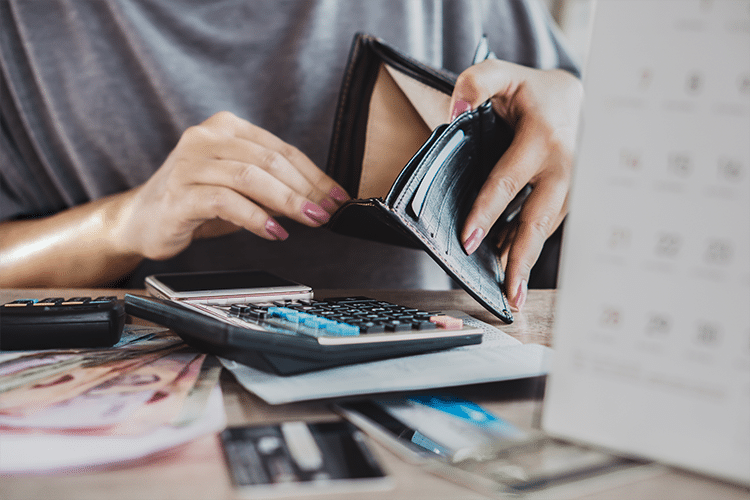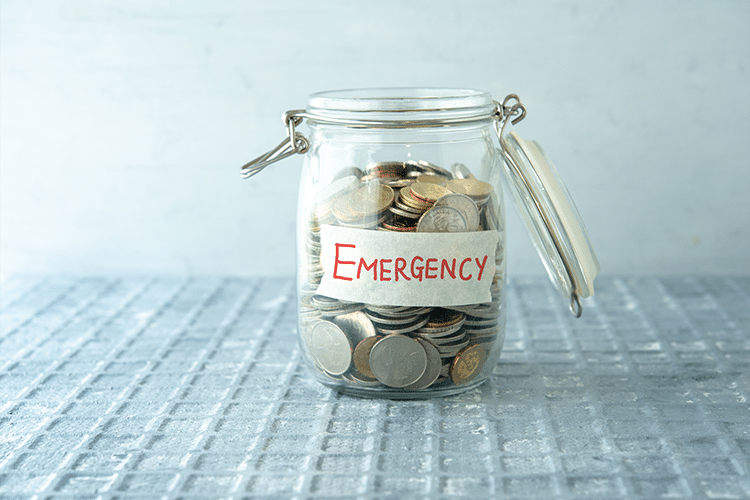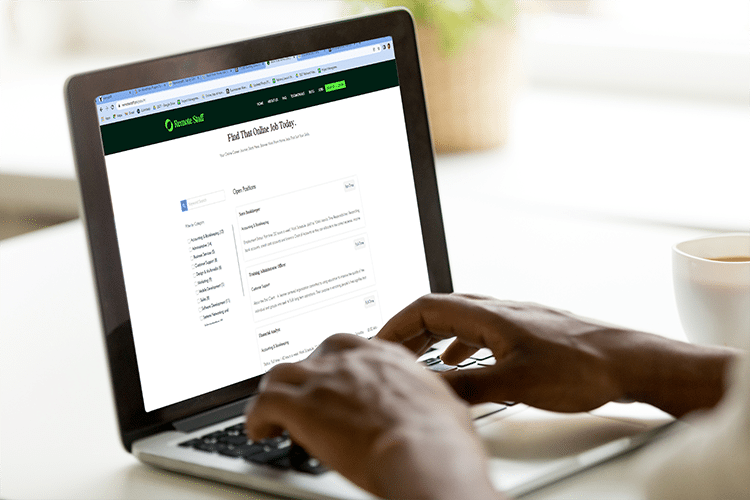The journey through our goals is not a straight line. We will inevitably fail. But instead of quitting, we should think of how we can stand up again to fight another day. So with your finances gone astray, how do you cope up?
Here are 10 steps to get back on track after blowing your budget.
Forgive Yourself
First of all, you might be guilty of what happened. After all, you failed. But it’s not the end of the world. You should face the facts and forgive yourself.
You can’t change what you did before. You only control what you can do today. So learn to accept your mistakes. And move on by forgiving yourself.
Review Your Spending
Now, forgiving yourself is not enough. Take action with what happened. But before that, these actions should have a basis. So what happened?
It’s better to review your spending. Where did the bulk of your money go?
Is it because of emergencies and you don’t have any emergency funds? Or did you go on a shopping spree way above your budget?
So find that source and take the next step after.
Focus on Paying Of Your Bills
Now that you know where the problem is coming from, what do you focus on first? Well, focus first on paying up your bills.
Your bills have bloated to uncontrolled proportions, and you want to pay them up as soon as you can. Or at least manage the allocation of your money to pay them. If you don’t know what to do, you can try either the Avalanche method or the Snowball method.
Basically, the avalanche method is paying up the debt with the highest interest rates first. And them, allocating minimum payments for the remaining ones. It will save you money because you are targeting the most costly debts.
But then, it may leave you unmotivated if you can’t pay up your debts immediately. For example, you have:
- Debt 1 – 40,000 PHP 5% Interest Rate
- Debt 2 – 20,000 PHP 3% Interest Rate
- Debt 3 – 10,000 PHP 1% Interest Rate
If you can’t seem to pay up Debt 1 after some time, you might give up in the process. So discipline is needed to follow through.
On the other hand, the Snowball method targets the lowest balance first regardless of the interest rates. The advantage is it’s more motivating to see your debts being repaid one by one.
Let’s go back to the example above.
- Debt 1 – 40,000 PHP 5% Interest Rate
- Debt 2 – 20,000 PHP 3% Interest Rate
- Debt 3 – 10,000 PHP 1% Interest Rate
In this case, you will target debt 3 first because it has the lowest balance. After finishing one debt, you apply all the freed-up payments on the next balances, until all debts are paid off.
So depending on your discipline, you can choose whichever works best for you.
Negotiate with Creditors
Another technique is to negotiate with your creditors. Some credit card companies or creditors are willing to offer repayments plans to ease your burden. After all, it’s better to collect something than nothing at all.
So don’t be afraid to call your creditors and tell them your situation. You’ll never know, you can ease up your payments in longer periods.
Stop Unnecessary and Unbudgeted Spending
Now that you have a plan for your payments. Let’s go back to the root source for your financial problem. If it’s from unnecessary spending, it’s time to fix it with a budget.
There are a lot of budgeting systems out there. But one of the most effective is the Jars method. Basically, you separate your money into 6 categories and allot specific percentages for it. The ideal is:
- 55% Necessities (food, rent, utilities, insurances, debt repayments, etc.)
- 10% Financial Freedom Account (money for investments that you grow and don’t touch)
- 10% Long-term savings for spending (savings for big-ticket items like a car or trip abroad)
- 10% Education (seminars, online classes, etc.)
- 10% Play (budget for leisure or anything you want to spend on)
- 5% Give (charity, gifts to friends, donations, etc.)
What’s good with this budgeting method is that it accounts for play. And the play jar allows you to have fun with your money while building your wealth.
And depending on your financial situation, you can adjust the percentages. For example,
- 75% Necessities
- 5% Financial Freedom Account (FFA)
- 5% Long-term savings for spending (LTSS)
- 5% Education
- 5% Play
- 5% Give
If you really can’t manage the ideal percentages. You can start with what you can. And work towards the ideal percentages in the long run.
Emergency Fund is Your Top Priority
After having a system in place, you don’t want any emergencies to stifle that progress. After all, you can’t really control what the future holds. You just have to prepare for it. And an emergency fund will help you do just that.
Your emergency fund is roughly 3 to 6 months’ worth of your expenses saved up in an easily accessible fund. That might sound challenging, but it’s a necessity for your peace of mind.
Imagine having your finances worked out, and your car just broke down. Without an emergency fund, it can lead you again to a cycle of debt. For starters, work with at least a 1-month emergency fund while you’re paying up your balances. With this, you can have a breather just in case something happens.
Prepare a Sinking Fund For Expected Big Ticket Expenses
So emergency funds are for those you least expect. But sometimes, we kinda know big-ticket items that need to be funded. For example, it can be yearly maintenance costs, insurance premiums, or pregnancy expenses 9 months from now.
With this, you should have a sinking fund. Allot specific amounts per month until the expected date to avoid ruining your finances by then.
Get Health and Life Insurance
Our emergency funds might not be enough if something drastic happens. Some wipe out all their savings and assets because of one medical emergency. With the pandemic, a lot of people have this reality.
To prevent that, you should invest in health and life insurance. It will protect your hard-earned income just in case.
Be Financially Creative
But we are only human. What do we do if we crave something or we want to buy stuff out of our budget? Well, you can be financially creative about it.
First of all, you can check your pantry. Instead of buying them out, you might be willing to learn how to cook them yourself.
Another idea is recycling or repairing items that you already have. It’s not always wise to buy brand new, especially in your situation right now.
Lastly, you can sell all the items you don’t actually use anymore. You can start a KonMari session and let go of the things that don’t spark joy. After all, it can be translated into some extra money you can use in repayments or things you need to replace.
Get More Work
But even if you tone down all your expenses, it might not be enough. Why not create other sources of income by getting more work? If you still have time to spare, you can find online jobs part-time to add that much-needed financial buffer. You can also start an online business.
There are many ways to create money. So think of things you can offer and make money out of them.
Conclusion
Making mistakes is inevitable in our lives. But whose to say that we can’t get back up and try again? With the following tips, you are ready to conquer your financial goals once more one step at a time. Cheers!











